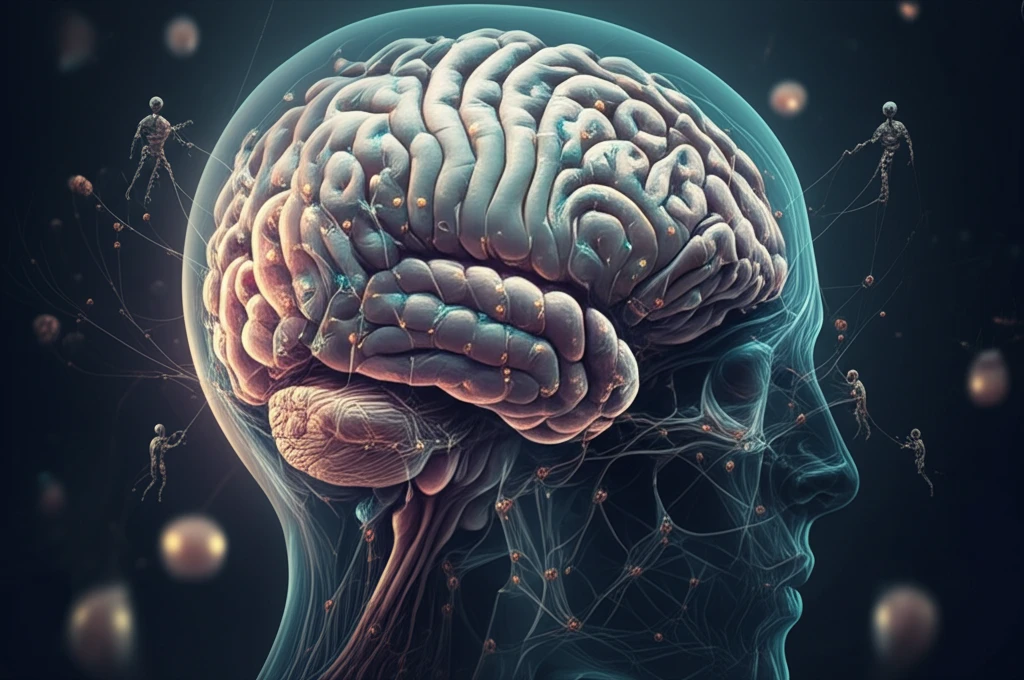
Unlock Your Brain's Potential: How Autophagy Can Protect Against Neurodegeneration
"Discover the crucial role of autophagy in maintaining brain health and how understanding its regional variations could unlock new strategies for preventing neurodegenerative diseases."
In an era where improved medical care has led to an aging population, the increasing prevalence of age-related neurological decline is a significant concern. Neurodegenerative diseases such as Alzheimer's and Parkinson's present immense social and economic challenges. While researchers have made strides in understanding the molecular mechanisms underlying these conditions, the precise causes remain elusive.
A key area of focus is why certain brain regions are more vulnerable to proteotoxicity and neuronal degradation than others. For instance, in Alzheimer's disease, the hippocampus is severely and initially affected, while the cerebellum seems relatively spared until later stages. Macroautophagy, commonly referred to as autophagy, is the main cellular process through which cells degrade misfolded proteins and impaired cytoplasmic organelles, making it vital for neuronal homeostasis and a promising target for treating neurodegenerative disorders.
Autophagy plays a dual role in neurodegeneration: it can promote degradation as a downstream effect, or disrupt proteostasis as an upstream effect, leading to protein aggregation and toxicity. Given the intricate nature of autophagy, researchers are exploring whether variations in autophagic activity across different brain regions may influence susceptibility to protein aggregation and cellular decline.
The Brain's Clean-Up Crew: How Autophagy Works

Autophagy is essential for maintaining a healthy balance within our cells. Think of it as the brain's cellular housekeeping process, responsible for clearing out damaged or unnecessary components to keep everything running smoothly. This process involves several key steps:
- LC3-II Turnover: By blocking or inducing LC3-II degradation, researchers can monitor changes in cellular levels.
- P62 Degradation: P62, also known as SQSTM1, links LC3 and ubiquitinated substrates, facilitating their degradation via autophagy.
- Lysosomal Degradation Inhibition: Agents like chloroquine or bafilomycin A1 are used to inhibit lysosomal degradation and observe the accumulation of LC3-II and p62.
The Future of Brain Health: Harnessing Autophagy
The findings suggest that variability in basal autophagic activity across different brain regions may contribute to the region-specific decline observed in neurodegenerative diseases like Alzheimer's and Parkinson's. Regions with lower basal autophagic activity, such as the hippocampus, may be more vulnerable to proteotoxic stress, while regions with higher activity, like the cerebellum, may be better protected. Future research should focus on in-depth analyses of brain-region-specific autophagic flux to develop targeted therapies that can prevent or halt neurodegenerative disease progression.
